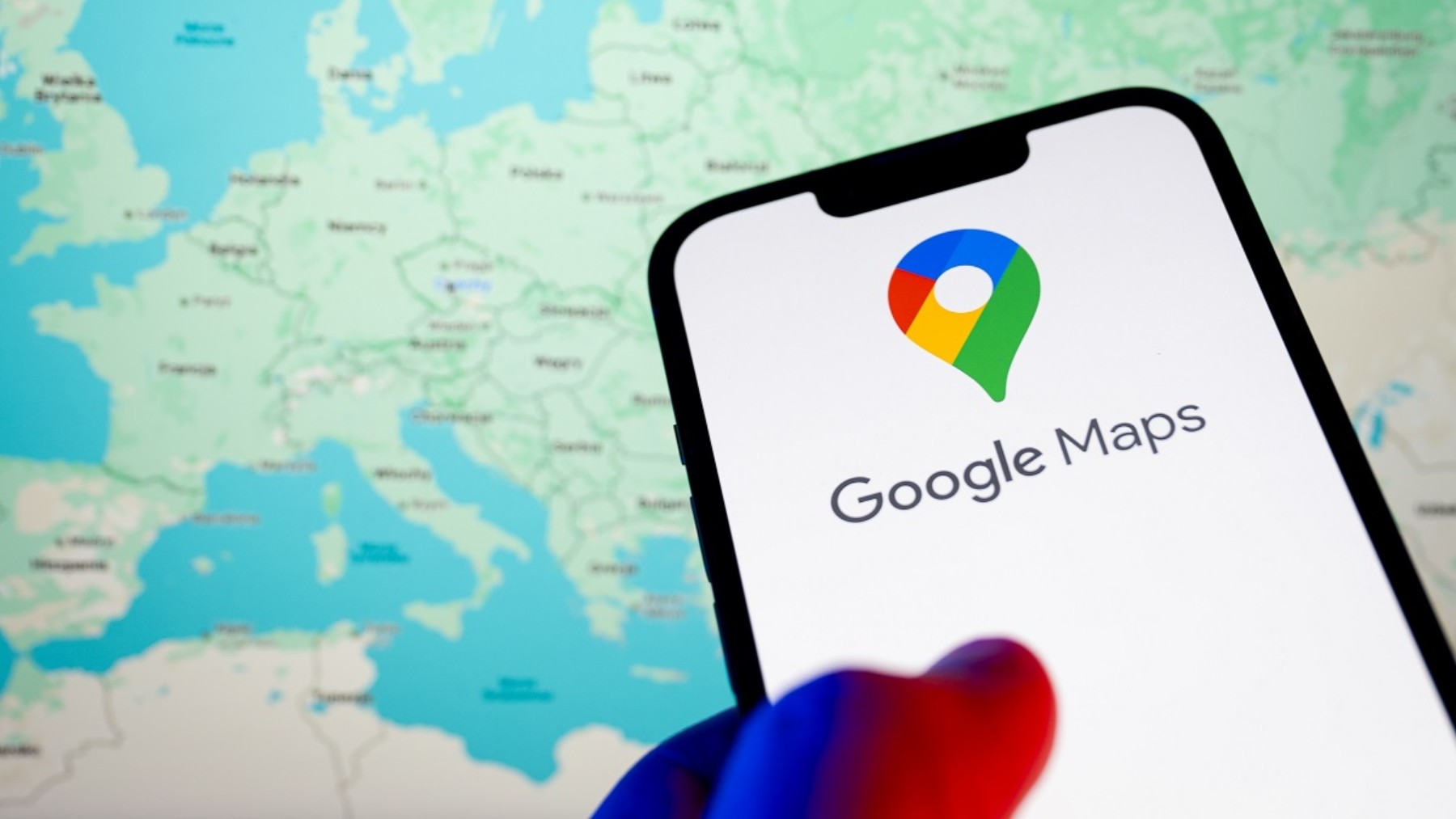Google has announced a new tool for its Google Maps app that will allow users to see the road they want to drive on in real time. This new tool is called Live Lane Guidance and will work through a combination of the vehicle’s cameras, sensors, and Google’s artificial intelligence system, Gemini. Vehicles equipped with the Google built-in system, the Android Automotive version integrated into modern cars, will be compatible, as they will use the hardware to analyze the environment through computer vision.
The pioneering vehicle to feature this system will be the Polestar 4, which will operate in the United States and Sweden, according to Android Central. It is expected that it will later be integrated into vehicles with the built-in Google system, such as Volvo, Renault, or Honda.
IA and driving
We have all used the Google Maps app at some point to get directions on how to reach a destination. To a greater or lesser extent, we are familiar with that voice that tells us how many meters until we need to turn right, or which is the next exit on the roundabout. Like with all technological advances, Google has also decided to take a step further by improving its assisted driving app, and what better way to do that than by incorporating artificial intelligence.
In case it’s not already present in practically every aspect of our lives, AI will also be responsible, according to Google, for improving our driving experience. Naturally, the AI model that will be implemented will be Gemini, which is also owned by Google.
Live Lane Guidance
The combination of vehicle cameras, sensors, and the Gemini artificial intelligence system has given rise to the new tool we can find in our Google Maps app: Live Lane Guidance. It is a tool that promises to offer a more precise and safer driving experience, especially on highways and multi-lane roads. This option will allow drivers to see the road in real time.
With this new tool, Google Maps aims not only to show the route on the screen but also to detect the exact lane in which to drive, recognizing road markings and signs, and even suggesting in advance when it is necessary to take an exit or change lanes. The goal is for Google Maps to make use of the hardware in vehicles equipped with the Google built-in system, the Android Automotive version, in order to analyze the surroundings through computer vision. This tool is expected to be especially useful in areas where routes split or where there is little room for maneuver.
When will it be available
It is important to emphasize that this tool will not be available to all users, at least for now. The first stage is intended to be limited, with the Polestar 4 being the pioneering vehicle that will feature this technology and will be on the roads of the United States and Sweden. It is expected that in the second phase, brands like Volvo, Renault, and Honda, which have the Google system integrated, will also receive the update.
Although it is not yet available for all users and drivers, this new tool is expected to improve the user’s driving experience, providing much more specific information about the road, its signage, and its condition, making it easier for the driver to keep their eyes on the road while being informed about where to go.
